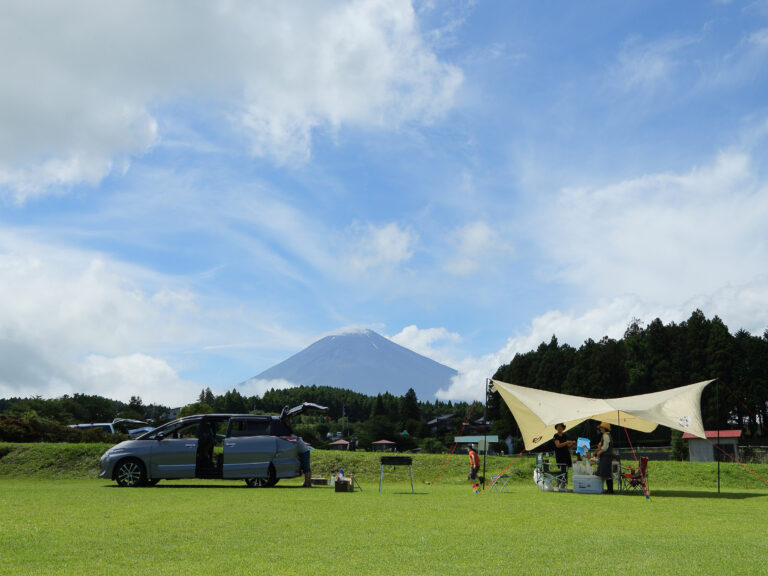
A campsite that boasts one of the nation's largest acreage at the foot of Mount Fuji. It is the birthplace of auto camp, and you can enjoy it at a free site without lots except in high season. It is about 10 minutes away from Susono IC, has good access, and there is also a convenience store within walking distance, so it is recommended for Beginner Campers. There is also a parent-child challenge square and trout fishing moat on the site, and activities are also substantial.
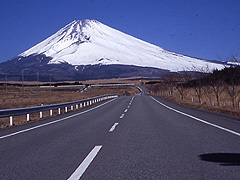
A mountain road from the vicinity of the Tōmei Expressway Susono IC to Route 469. The majestic Mount Fuji landscape spreads through the car windows, and along the road the flowers of the four seasons, including marigolds, hydrangeas and cosmos, bloom. "Let's fill this road with flowers and let the visitors enjoy it" by the hands of people outside the city of Susono.
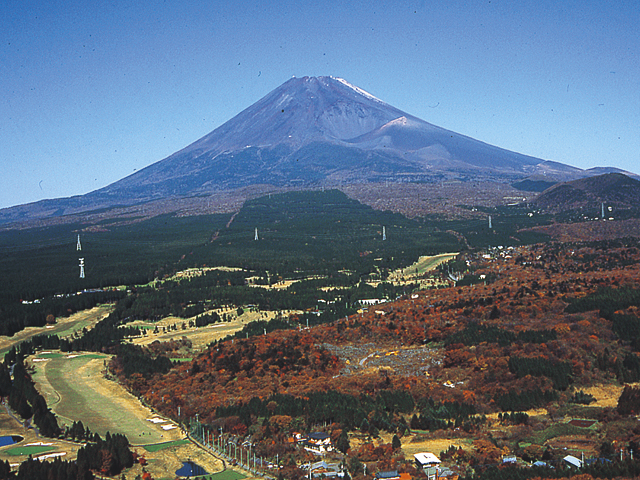
A municipal park located just a short distance from the Susono IC. The park includes athletic facilities such as an athletics stadium, a baseball field, and a tennis field, as well as facilities for children and adults to enjoy, including a multi-purpose square and a grassy hill with roller slides.
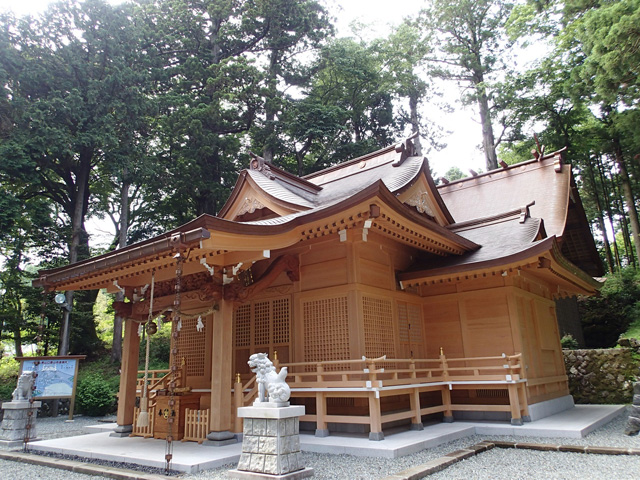
A shrine that serves as the starting point of the Mount Fuji Suyamaguchi mountain trail. The precincts covered with giant Japanese cedar trees, which are said to be 400 to 500 years old, are surrounded by a sacred atmosphere, and enshrine the "Kihana Sakuya Hime", which is said to be the god of barbs, safe life, and child treasure. There is a stone lantern with a heart-shaped (Inome pattern) small window in the precincts. The shrine, which is surrounded by a heart shape, peeking through a small window, and the inverted Asama Shrine, which is reflected in Tesuisha, are instant and unmistakable spots.
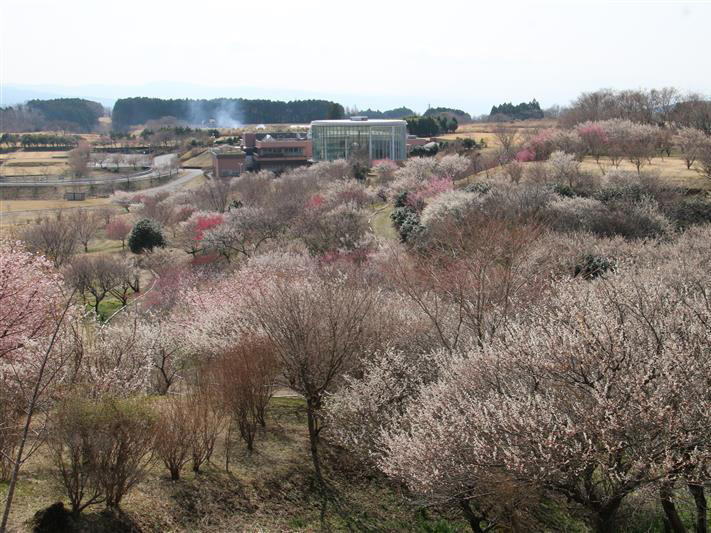
It is located on a hilly area adjacent to the Healthy Park foothills, with 700 plums planted on a site of about 5ha. It has an elevation of 460m, which results in flowering a little later than the flatland. In addition, there is a walking trail and two cross-country courses in the park, and you can enjoy walking and running while watching the surrounding scenery against the background of Mt. Fuji.
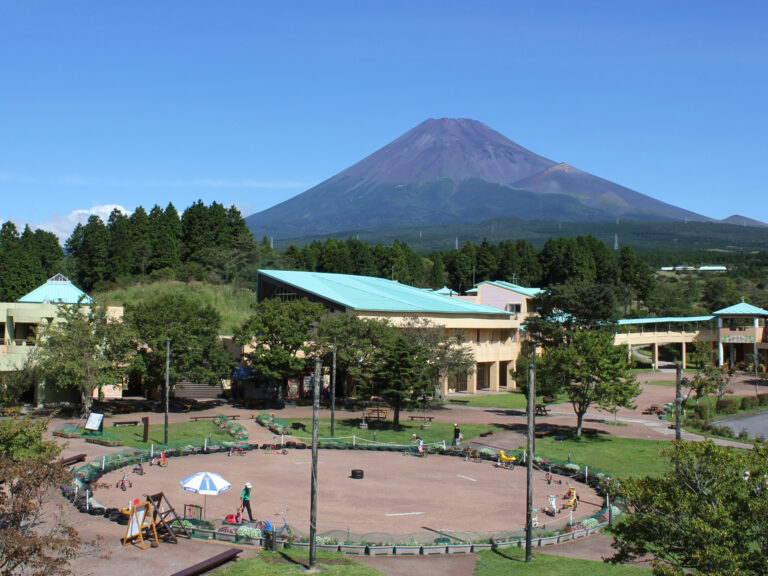
In nature, a city park with a size of about 94ha overlooking the majestic Mount Fuji. It consists of three areas: "city", "water country", "prairie country". The road extends to each area starting from the "city" where children's centers, restaurants and lodges gather. In the "water country", you can enjoy canoeing experience, rainbow trout fishing, and water play only in the season. In the "land of the grassland" there are mountain bike courses, spider nest nets, etc., and you can interact with animals in Makiba. Experience classrooms and various events can be enjoyed by parents and children on weekends. In autumn, you can enjoy the maze of Miscanthus, and play snow and sledging in winter.
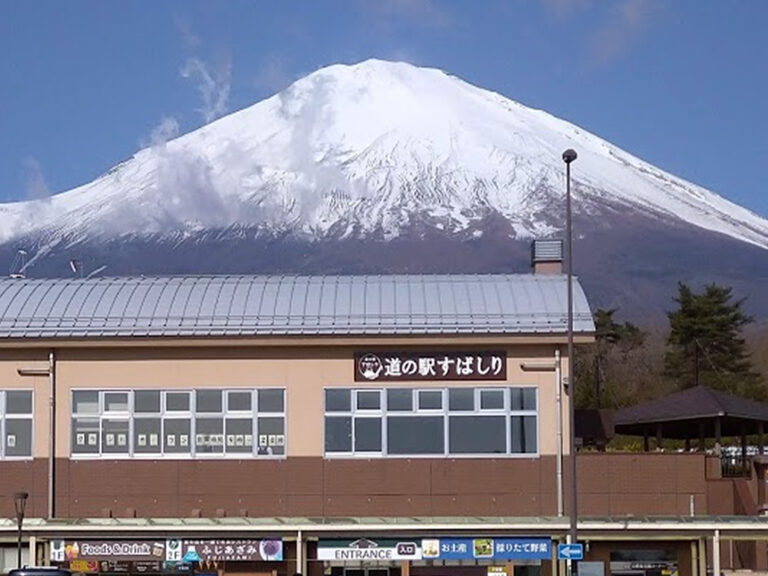
Located near the entrance of the Fuji Azami Line, which leads to the fifth station of the Fuji Subashiguchi, it is ideal as a base for climbing Fuji and sightseeing around Mount Fuji, and is also the closest roadside station to Mount Fuji. On the first floor of the tourist exchange center in the main facility, specialty items from the area, as well as Mount Fuji souvenirs and SDF goods are very popular. There is a snack corner and a 24H information corner where thick milk soft and cremiya soft are delicious. The majestic Mount Fuji, which you can see from the terrace seat of the restaurant "Fuji Azami" on the second floor, is the best recommendation of the roadside station Sashiri. One of the few shops where Europe's most advanced brand "COSTA COFFEE" can drink. A foot bath is also installed outside the facility.
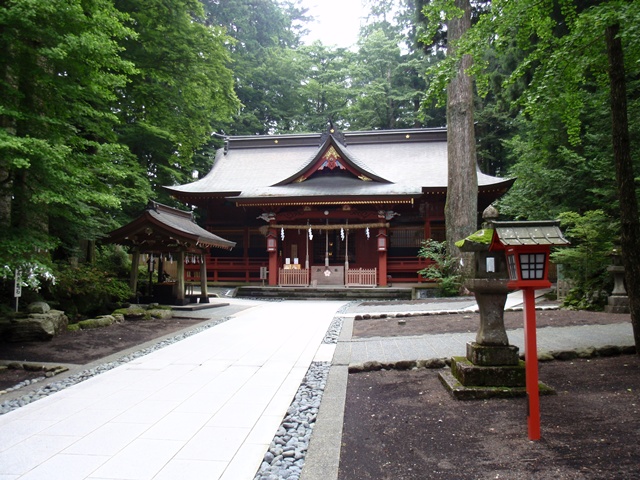
In Datong 2 (807), the shrine was founded on the site of the fire-control festival of the Enryaku eruption of Mount Fuji, and the starting point of the Susuriguchi (East Exit) of the Mount Fuji Mountain Trail. The precinct, which is wrapped in greenery and inhabited by wild birds, has many attractions to see, including the shrine and the shrine, which leave the remains of the Edo period, the Harunile tree of the designated natural monument of Shizuoka Prefecture, the Komainu of Fujizuka, the Fuji Shōshigen Monument, and the Noshige Falls. The second floor of the business office is also home to the Ozenza-Za Centennial Memorial Museum, which displays materials such as the Shahō and Fuji schemes. The 5th station, Komidake Shrine, 6th station, Tainai Shrine, and 9th station, Shimoyuki Shrine, are located at the end of the Suguri Exit mountain trail. The annual festival will be held on May 5, and the Mount Fuji opening ceremony will be held on July 10.
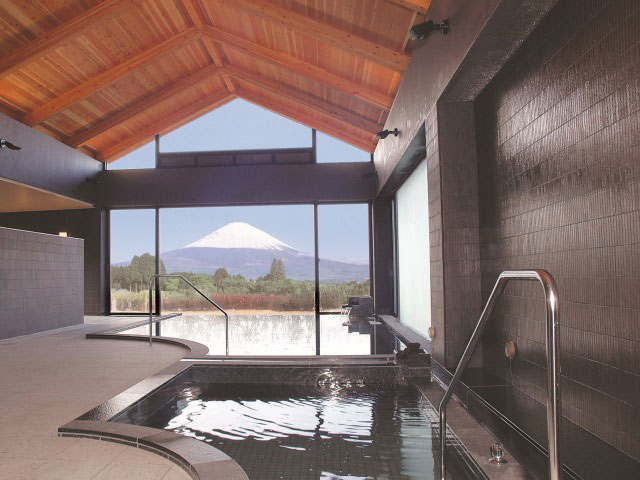
A day-trip hot spring facility near Tomei Expressway. The inside of the building is a universal design with no steps. Large baths and open-air baths for different men and women are made of stone, offering a full view of the majestic Mount Fuji. A sauna for both men and women is also installed. The snack corner sells daily set meals and specialty drinks.
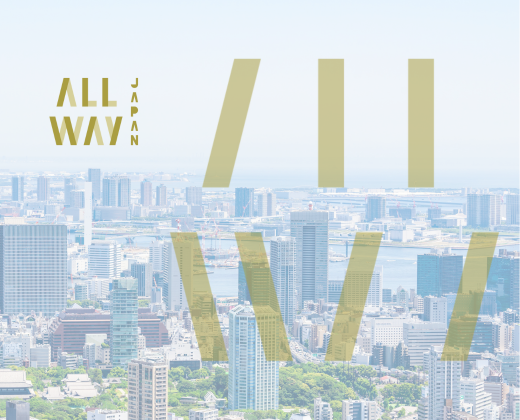
A long-established Japanese confectionery established in 1916 in front of Koyama-cho Yakusho. Kinki, named after Kintaro, comes in two types: tsubuan and white yuzu paste, with a rustic taste of 140 yen. Kintaro's Kuma-dora, Kurumi-bun, and Mount Fuji-topped bun 140 yen each are also ideal for souvenirs.











